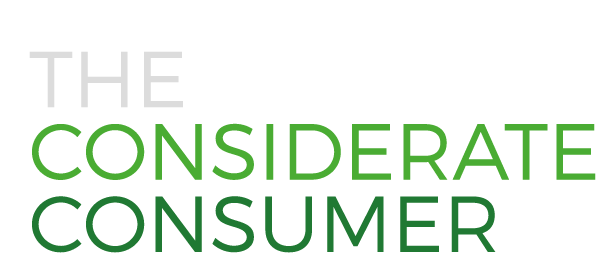December 2019
Packaging serves many purposes like maintaining product quality or labelling foods with brands, seals or proof of origin. But producing and disposing of packaging is a major environmental problem, especially since most of it is single-use plastic food wrapping.
PACKAGING ALTERNATIVES
No packaging is the best packaging. But, if you need to take decisions, here are the basics on how to optimise and reduce your packaging consumption:
IMMEDIATE MEASUREMENTS
Here is what immediately can do/ change:
Use your reusable containers where possible, or choose food in returnable containers when shopping.
Try packaging-free shops and refilleries.
Avoid bottled water and ‘to-go’ products – such small portions are more expensive.
THE VARIETY OF ALTERNATIVE PACKAGING SOLUTIONS
And watch out for innovative packaging solutions and replacements:
Companies like Nature & More introduced natural labelling that directly marks fruits and vegetables with a laser to eliminate the need for plastic wrapping. This method uses less than 1% of the energy needed to make a sticker.
Grass paper is made from 100% renewable resources without any pollutants and also saves water and energy.
Producing sugarcane-based bioplastic emits far less carbon dioxide and is itself recyclable and, in some cases, biodegradable.
Some fruit nets can be made out of compostable cellulosic fibre.
Arekapak is pioneering compostable and durable packaging made from palm leaves.
Carton packs have a better environmental footprint than metal cans, glass jars, plastic pouches and plastic cups.
RECYCLING PACKAGING
Throwaway culture has us constantly consuming packaging, which is growing due to factors like the success of food packaging, smaller households and international trade.
International transport produces the most packaging waste, with food in second place.
So, what can we do to dispose of our packaging waste environmentally friendly?
THE INTENTION TO RECYCLE
Separate your packaging waste and recycle it properly.
However, just because we collect our packaging waste and take it to the recycling centre does not mean it is recycled. The intention is honourable, but the implementation is more than poor.
Though the EU has committed to recycling 75% of packaging and sending just 10% of all waste to landfill by 2030, only 7 countries are hitting just the latter target so far.
THE RECYCLING PROCESS
Packaging made of layers of different materials is very difficult to recycle since they must first be separated using complicated, resource-heavy processes; the lack of which often means much ends up in a landfill.
Some packaging is recyclable but not biodegradable, meaning it ultimately takes hundreds of years to break down.
PRODUCING PACKAGING
After disposing of packaging, more energy and resources are required to process it.
Recycling is, of course, always worth it, as newly produced packaging materials use raw materials and much more energy to produce.
LEarn more
Check our sources: Bibliography →









